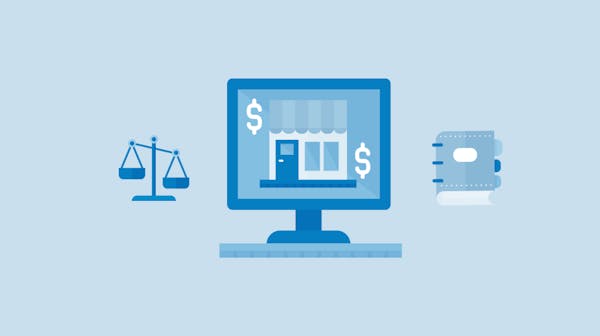Welcome to the world of seamless invoicing and tax inclusion! In this guide, we unravel the complexities of incorporating taxes into your invoices. Navigating tax laws, adhering to legal requirements, and designing invoices with precision are crucial steps. Whether you're a local business or dealing with international clients, understanding tax regulations is key. We'll explore the essentials, share tips for error-free invoicing, and introduce you to the efficiency of digital invoicing tools.
Mastering Invoicing and Taxes: Calculate Correctly
Invoicing and taxes correctly means understanding the applicable tax laws, correctly itemizing and calculating tax for individual items or services, and ensuring the invoice meets legal requirements—but be aware, tax regulations can differ greatly depending on your location and the location of your client, making accurate calculation crucial.
Understanding Tax Regulations for Accurate Invoicing
Before you even start drafting an invoice, knowing the tax rules that apply to your service or product is vital. For each invoice, it's essential to determine the precise tax rates for invoicing purposes. Sometimes, different items may even be taxed at different rates, or not taxed at all. Start by identifying your local tax authority's guidelines—this may be the IRS in the United States, HM Revenue and Customs in the UK, or your local equivalent. Find out if the type of goods or services you provide are taxable and at what rate. If you're dealing with clients in different regions, remember that tax rates can vary significantly.
Legal Invoicing Requirements: Including Taxes
When it comes to legal requirements for tax invoices, each country has its guidelines. Generally, your invoice must include certain pieces of information to be considered valid under the law. This includes a tax or VAT number if you're registered, and a clear distinction between taxable and non-taxable items. You'll also need to mention the tax rate applied and the total amount of tax for each item. It's your duty to stay informed about the latest legislation changes to ensure your invoices remain compliant.
Designing Your Invoice with Taxes in Mind
Next, let's talk about the actual design of the invoice. You'll want to start by itemizing each product or service you're charging for and note the net amount due. Next to this, include the tax rate and the total tax amount for each item. Sum these to find the subtotal before tax, and then add all of the tax amounts together to indicate the total tax due. The final step is to add this to the subtotal to get the grand total, which is what your client will pay.
Example: Your invoice might list "Logo Design - $500" with a note saying "Taxes (8%) - $40," leading to a total of $540 for that service.
Tips for Error-Free Tax Invoicing
To minimize the chances of any tax-related errors, always double-check the figures on your invoice. Laws and regulations change, so keep up-to-date with tax legislation, especially when providing services internationally. Additionally, maintain robust records of all transactions and invoices. This will protect your business during audits and if any disputes over payment arise.
Invoicing Tools Simplify Tax Calculations
Finally, consider leveraging the power of digital invoicing tools to streamline the process. Various software options automatically calculate taxes based on current rates and take into account regional differences. They also often provide templates to ensure all necessary information is included, thus reducing manual errors and saving time.
Tip: Look for invoicing platforms that offer the ability to automatically apply the correct tax rate to your invoices, relieving you of the responsibility to calculate it manually every time.
Ready to take the next step? Create your invoices effortlessly with InvoiceOnline. Start your free trial now and experience the convenience of managing invoices with different types, clear tracking, and no credit card requirements.




